Volcano


In our galaxy there are ten thousand stars for every grain of sand on earth. The consequences of this fact is beyond our intellectual reach, but would be easily processed through a computer in seconds. Mountains break into rocks constantly, which again turns into sand. Gradually this happens over time, if you believe in the premise of time. The way that sand is generated is immensly poetic, the cycle of the process. Witnessing and being in physical contact with sand is more or less watching a visible endpoint of the degeneration of matter. After the state of sand there is only mud.
Perception does not crave total perfection, even though our ego sometimes does. The paintings of the exhibition Volcano are photographic in the sense that they consist of grain. By composing it on the imperfect grid of a canvas, the most cultivated material of human artifice, a synthesis is generated. Sand is not paint, so labeling these pieces as paintings might be superficial. They are sculptures, or assemblages, made up of tiny objects, but they are still paintings. A grain of sand is a symbol. What does millions of grains symbolize? The references are endless; fragility, temporarity, insecurity, all connected to time. Like a photograph this body of work freeze time. A grain of sand is relatively speaking an object, but it's also just a grain. The entity in itself would not make a difference alone, would be something you'd try to get rid of with no regret, out of your shoe or your hair after a blessed day on the shore. When Magnus Vatvedt glues these tiny elements together on a plane, then tilts the plane, he's in fact creating a form of artificial mud. An artifice that reminds us of our nature, how we're bound together, through dependence, faith and time. No grain of sand dreams of reaching other shores. But in the end they do anyway. They used to be mountains, probably even meteorites. They have traveled far, from another solar system, or even another galaxy. The artist just speeds it up a little for a selected few. He gathers the most natural form into the most unnatural form, the square, a form that is getting more and more natural for the human logic to view life through, to live in, to imagine a future inside of. Here there's a conflict of interests going on, not leaving nature by itself, but squeeze it into a more practical form. Maybe he just wants you to catch a glimpse of it, that other shore, so that you can go there by yourself one day. By manifesting nature as an exit from post-modern life he infects the post-modern art with nature, a nature that does not pulsate with life. But then again, what is life?
Evolution is not sexy, science is a poetry killer, but any brilliant art work is in some way scientific, and has evolved through mountains of doctrines until there is only form built up from tiny elements. Magnus Vatvedt is not touching the void, nor is he speaking some unintelligibly truth. He combines matter in the most existential way, by siding with perseverance and presence. He brings his own comfort onto the canvas. When the glue hits the grain hits the canvas in a swift swirl or a sudden swoosh life is regenerated, thought of anew, and you are invited into an experience only one who has been there can finalize with finesse. He could have taken a snapshot of the grain with a high resolution camera, painted or drawn the grain using a tiny pen or brush. He could have written about the gritty items traveling through his hand, burning his feet, triggering his imagination in combination with the tropic wind. Instead he chooses the altered readymade, because shaping sand is more basic than any ancient or post-modern method of representation.
Sand can make you numb in the most positive way. It's primal, because it's always found where we find trust in what we believe - where the land touch the sea. The desert can wait. Next time. This time we're dealing with mountains of flames, and how they shaped our world. How the traces, the fragments, heeds to travel to other shores, urging to escape from the depth of the earth, into the sky, onto the shores, grinded by the sea, only hindered by waves. All they needed was a helping hand, the black grain, now welcome in the white cube. Ironic isn't it? If you compare our planet to our galaxy it's less than a grain of sand. Think about it, or maybe you shouldn't, because a beach is never a beach if you focus on only one grain. Let the beams of light do that job, twinkle the tiny fractions of dark matter, revealing the components as one entity never independent from one another.


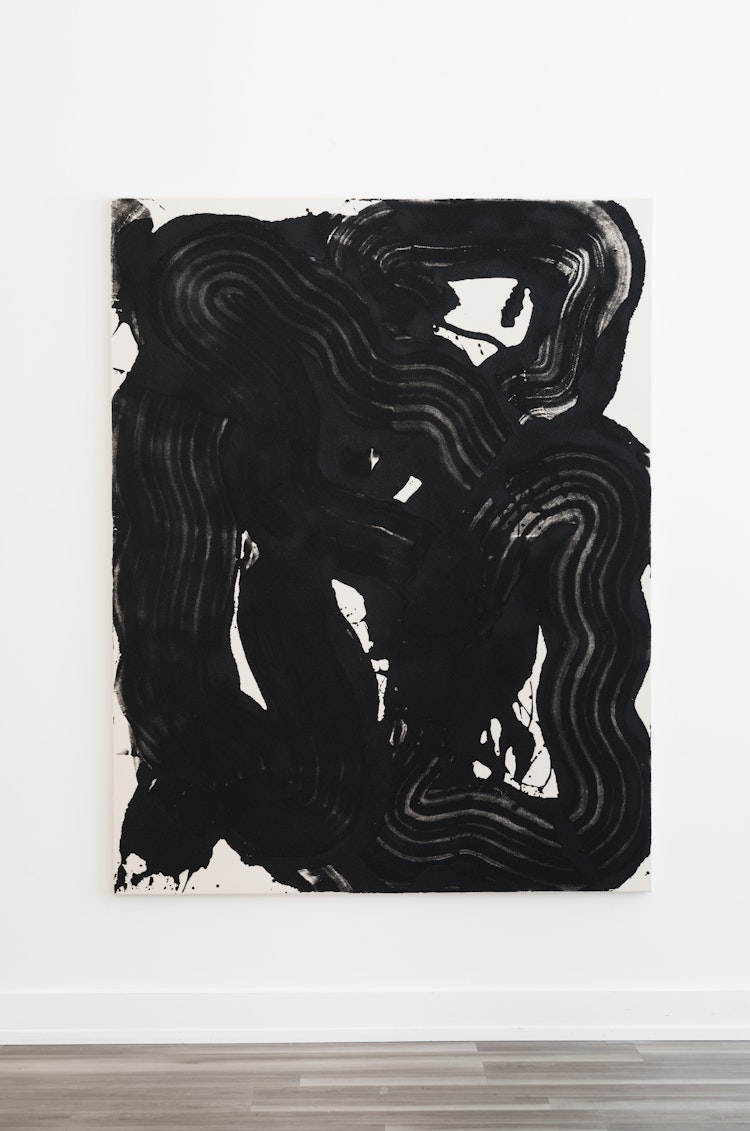

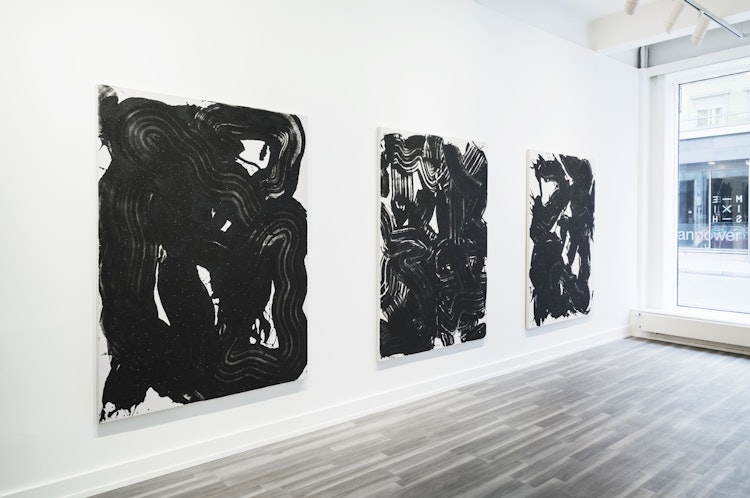


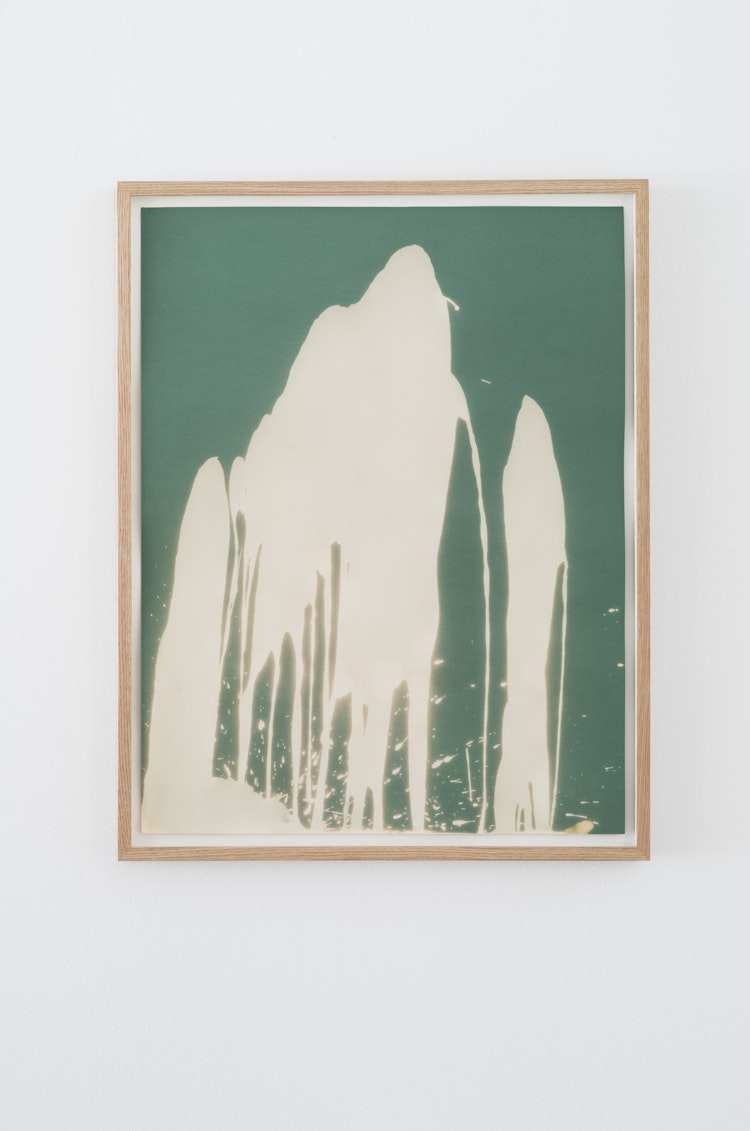
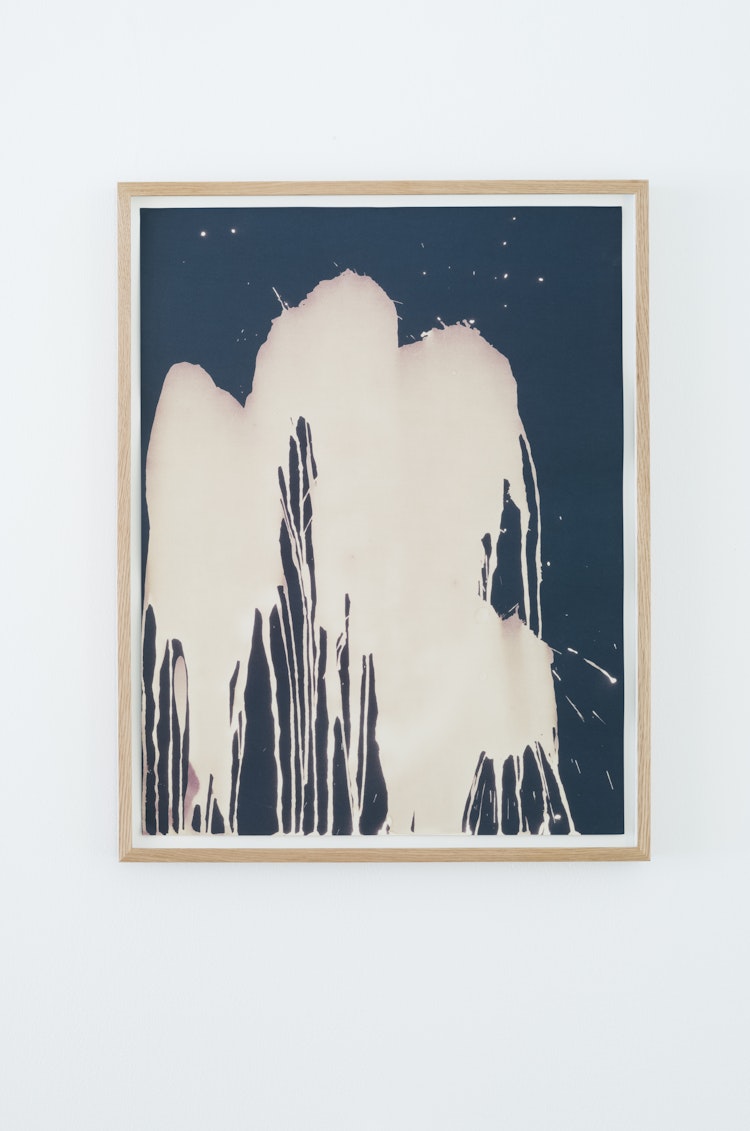

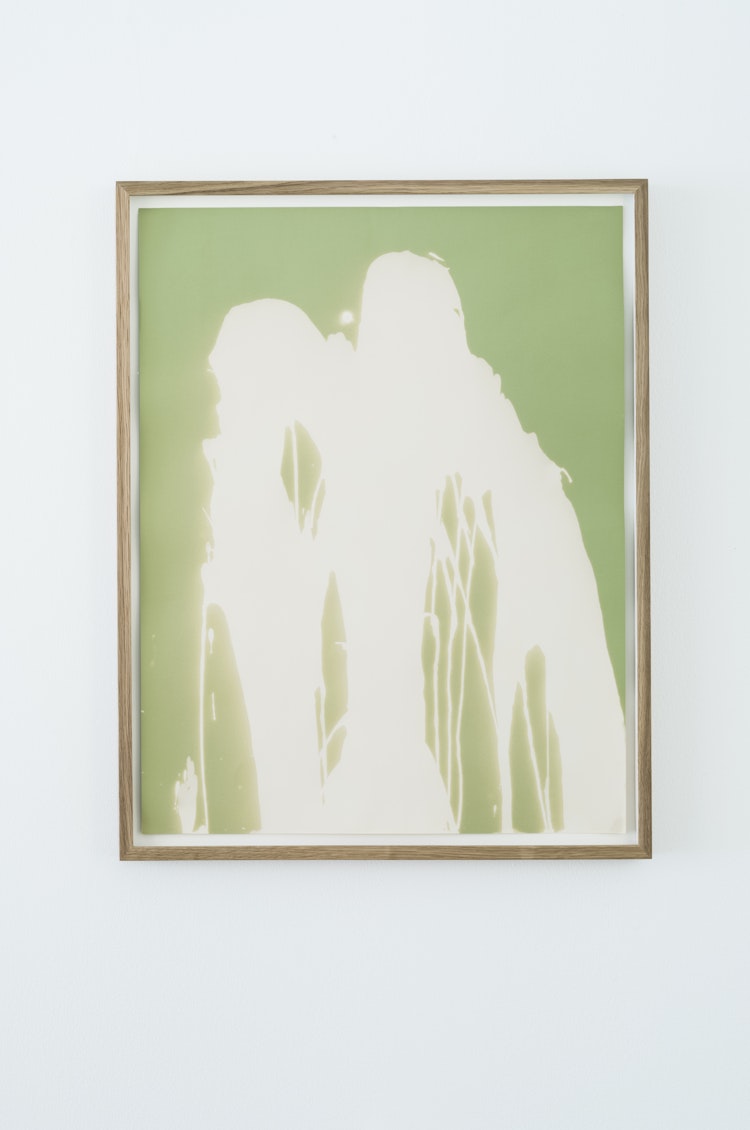


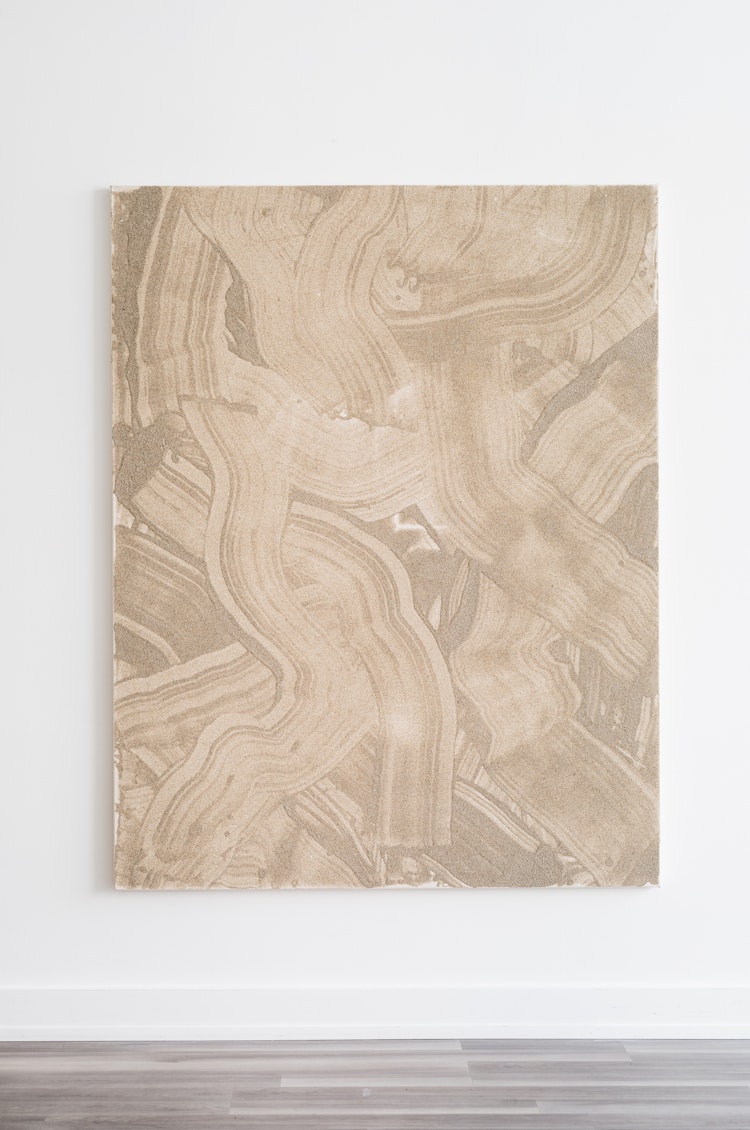
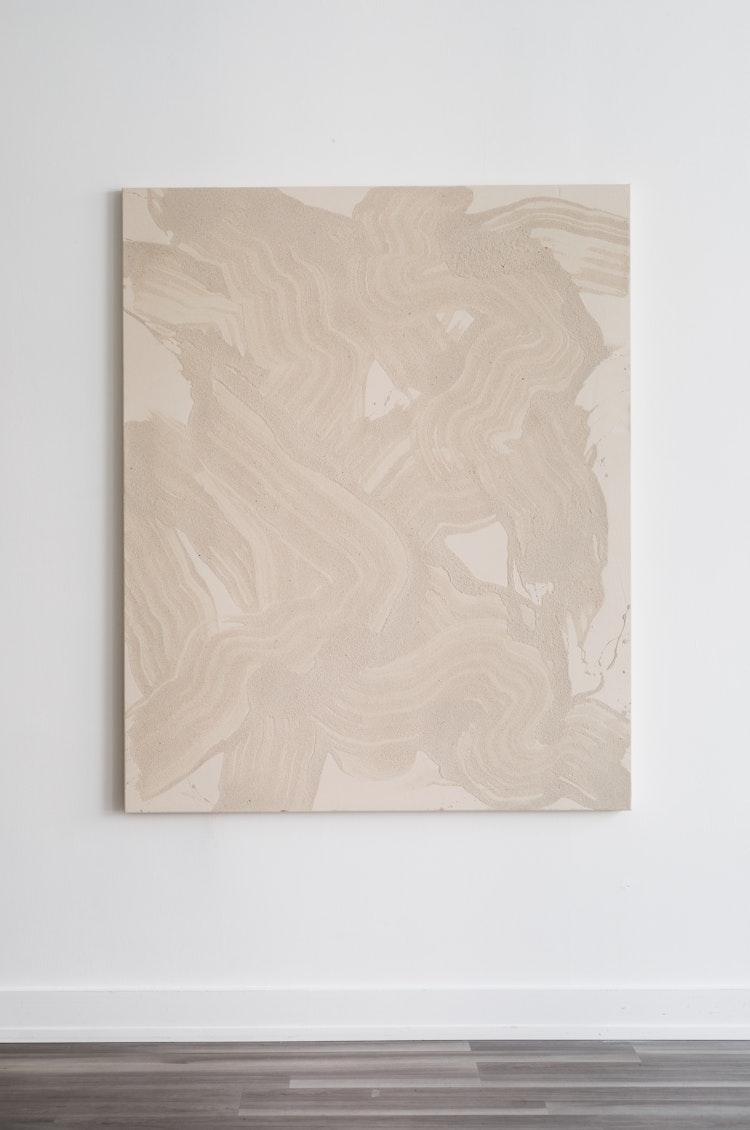
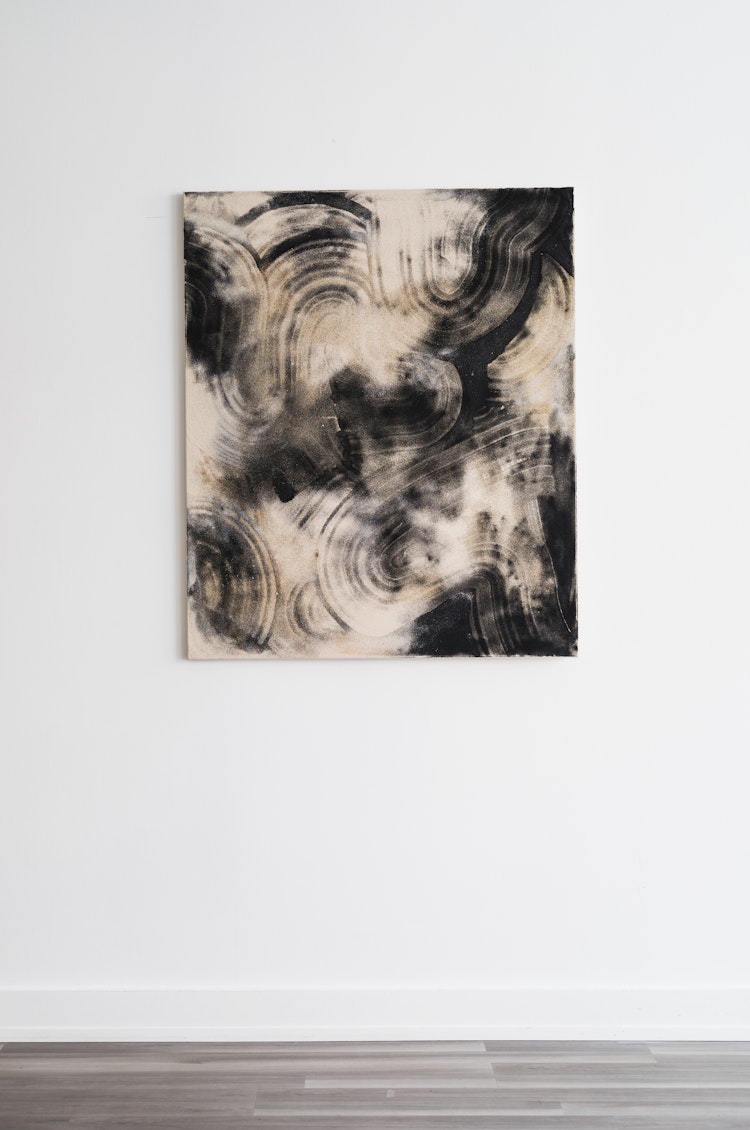
Hva leter du etter?